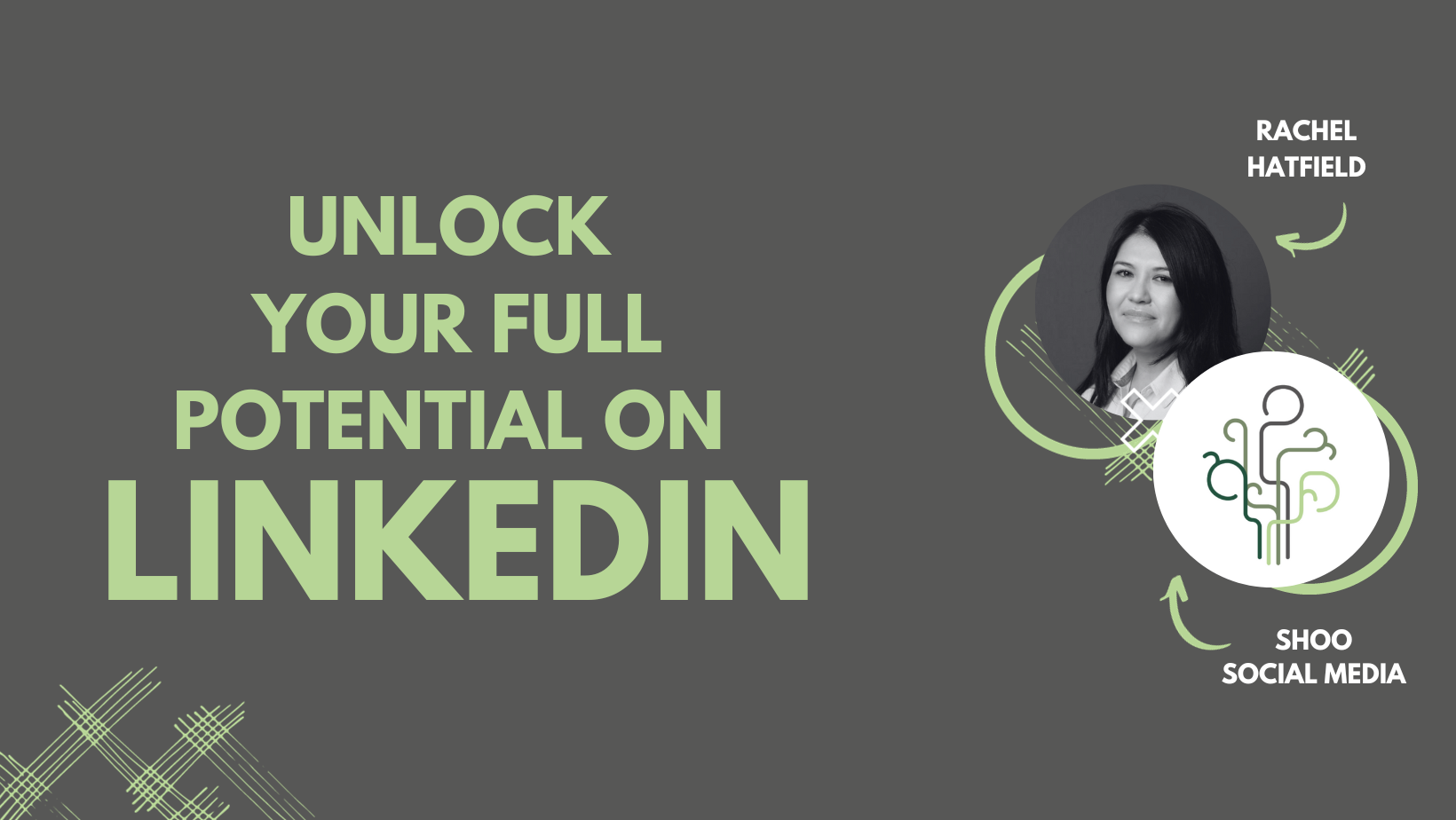How I ranked page 1 for Google and generate over £10,000 a month in passive income
In this article, I’m going to give you a high-level overview of how I got my products to rank on page one of Google in a highly competitive market.
This comes with the caveat to say that I am not a social media guru by any stretch of the imagination, but these are my lessons and tips.
So, during the pandemic of 2020, I decided that I wanted to introduce an element of passive income into my revenue streams. To do that I looked at digitising the tools that I use day in day out as part of my trade and making them available on the Internet. Using what follows I took this from start-up to a passive income stream over £10,000 per month in less than 6 months.
Of course, there are other factors but here is the main game-changer.

First Steps
The first steps were to create the digital product, then to create the online store and then to sit back and watch the money come rolling in. Clearly, the money didn’t start to roll in. After a few attempts at paid ads, it soon became apparent that the best route to market was going to be to target my customers at their point of need when they were looking for products which just so happened to be Google and Google search.
Now if I tell you that Google search page one is dominated by some industry key players and that the average cost per click for a Google add was around £17 per Click to £20 per click for the keywords that I wanted to be found for you could see the challenge ahead. Impossible? It felt like it at the time. But here is what I did to rank Page 1.
Google Friendly Website
First, I made sure that my website was Google friendly. What I mean by that is that I had to ensure that my website fully satisfied Google page insights. Now there is an entire blog that I could do on this topic but for now, my top tip would be to put your domain into the Google Page Insights Page ( https://developers.google.com/speed/pagespeed/insights/ ) and see the result. See what their recommendations are and work on that. Your priorities are going to be the speed of your site and making it mobile-friendly. So, at this point, I had a Google-friendly website.
With my website built in WordPress, I’m running WooCommerce and there were technical things that I had to do to integrate with payment processing such as stripe, but I now had an online store. Surely now the money would start rolling in now. Sadly still no.
Keywords, keywords, keywords
Getting this bit right was the absolute game changer for turning my fresh website and online store into a passive revenue money-making machine. So, what do we mean by keywords?
When we’re looking for anything online usually the first thing we do is type into Google. Makes sense, right? The trick here is to figure out what people are searching for that would lead them to click on your product or service and then to buy it. Now I know this seems like common sense.
This is one of the hardest parts of the whole process. Usually, because you are too close to your product and therefore you tend to think people are searching for things that they are not searching for. This can be evidenced when you start to dabble with Google ads and you’re looking at cost per click for key phrases. Your competitors are doing the same thing. Now don’t get me wrong the key phrases that cost the most are the ones that lead to the most clicks but they are also the ones that cost the most money and they are also the ones that are the most competitive.
But here’s the trick. Choose search terms and keywords that relate to the product or service that you’ve got that you know that people are going to be looking for but there aren’t the high-cost terms.
Consider things the people will search for as part of the buying process. Consider questions that they will be asking before they’re ready to buy. How much does this product or service cost, how long does this product or service take, what is the difference between this product or service and another product and service, what colour is this product, how big is this product, what are the benefits of this product? The list goes on, but you can see that by targeting terms or phrases that are part of the buying process then you’re going to start to attract visitors earlier on in the buying cycle. Most marketing and sales target the final step in the buying process.
Let’s consider your product is an SUV – a sports utility vehicle. Most people type into Google ‘SUV’ and most marketing targets the term ‘SUV’.
If we put ourselves in the mind of the buyer, what has happened before they got here?
Well, they have done the research. It is likely they have searched things like
What is the best SUV?
Compare SUV to a family car
What is the mpg of an SUV?
How many seats does an SUV have?
Are SUV’s dog friendly?
Content Strategy
Taking what we know about the research people are doing, if we create a content strategy around that, that directly addresses those research terms then we capture the customer earlier in the buying cycle. If our content includes a clear call to action that links to our products and services, then bingo. We have a winning strategy.
The Results
If I use the example of my online store. The market is dominated by ISO 27001 certification. It is a phrase that is competitive, over-served and costs as mentioned up to £20 per click.
In my approach, I went further back in the buying cycle. I considered what people might be looking for. Maybe they are looking for ISO 27001 templates, or how much does ISO 27001 cost, or even what are the ISO 27001 controls.
Now I have a content strategy that captures customers earlier, holds them, provides them with value in terms of information and cements my place in their minds for when the time comes to buy.
Did it work?
Well, I now rank page 1 on Google for the term ‘ISO 27001 templates’ and many other related terms.
The site gets global traffic now of several thousand visitors a month and at the time of writing is averaging £10,000 a month in sales passive income. So, I am not saying this is the entire answer to that journey, but it is certainly the biggest game-changing thing I did.
If I leave you with one thought it would be: ‘Content, content, content.’
About the Author
Stuart Barker is an ISO 27001 practitioner at High Table. He has been in information security for over 20 years. Today he is making information security templates available to businesses to help them do certifications themselves.





Sign up to our newsletter for the latest insider insights, top advice and more.
We will get back to you as soon as possible
Please try again later

Shoo Social Media
137 Bolling Road
Ben Rhydding
Ilkley Leeds
LS29 8PN
01943 430245
Info@shoosocialmedia.co.uk




